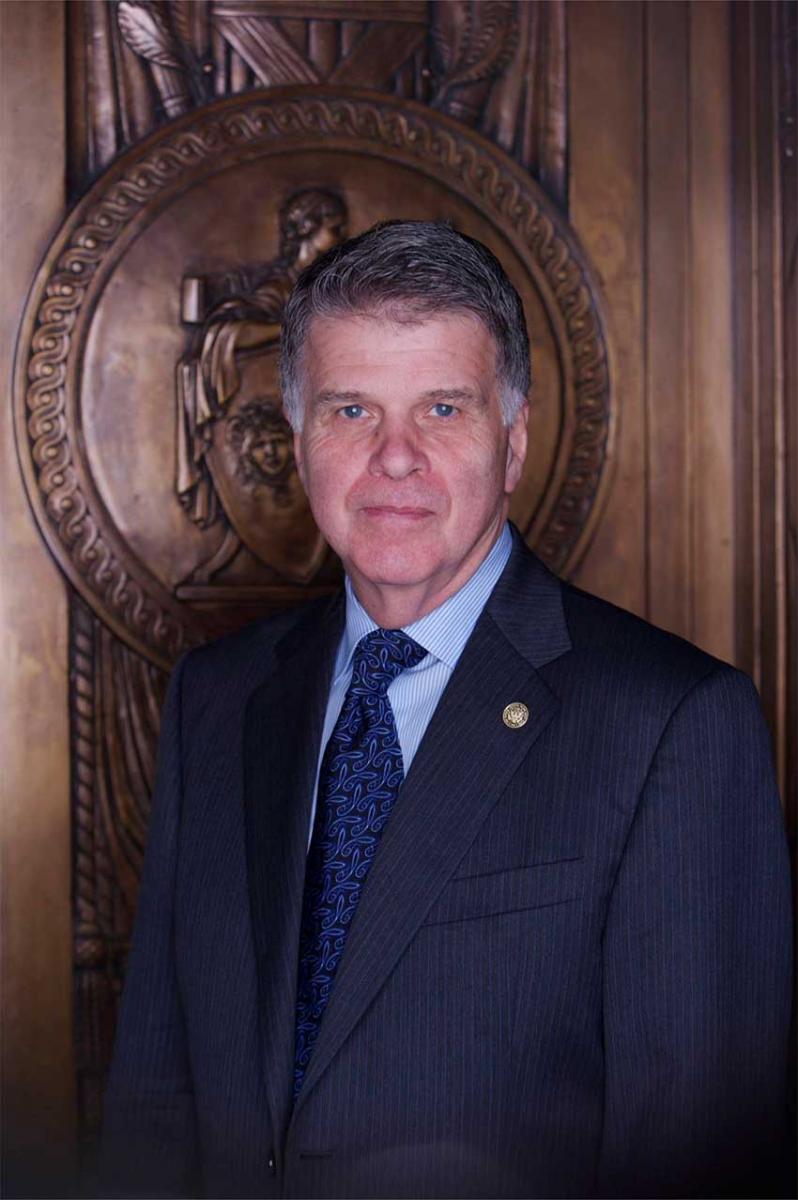
Remarks of Archivist of the United States David S. Ferriero on the observance of the 75th anniversary of the Federal Register Act. Washington, D.C.
July 26, 2010
Good morning.
I am David Ferriero, Archivist of the United States, and I want to welcome all of you to the National Archives.
I’d like to make a special welcome to Bob Tapella, the Government Printer; and Beth Noveck, Deputy Chief Technology Officer for Open Government Office of Science and Technology. Later in our program we will be recognizing several other people who have made important contributions to the initiative we are launching today.
This morning we are gathered in the magnificent Rotunda of the National Archives Building—the home of what have sometimes been called “America’s crown jewels”—the Declaration of Independence, the Constitution, and the Bill of Rights. Our nation’s “jewels” have not sprung from the riches of the earth but from the riches of the minds of its citizens.
The ideas expressed here in ink and parchment have inspired Americans—and the world—for more than 200 years. To have a government by the consent of the governed was a novelty in the 18th century. Today, it is the standard, and citizens’ expectations of participation in government have changed and expanded.
Today we observe the 75th anniversary of a piece of legislation designed to enhance and protect engagement in the workings of government—the Federal Register Act, signed July 26, 1935.
We talk today about the need for transparency, participation, and collaboration in government, but the Federal Register Act of 1935 was a landmark achievement in open government 75 years ago. The original act is on display to your left in our Featured Document gallery.
But we are here to do more than look back at what happened in 1935. The Federal Register, like the constitutional government of which it is a part, has grown and adapted to change.
Today we launch Federal Register 2.0—a new user-friendly version of the daily Federal Register that promises to make it easier for users to find what they need, comment on proposed rules, and share material relevant to their interests. Federal Register 2.0 is an important part of our commitment to open government.
I am proud to be leading the National Archives and Records Administration as our Office of the Federal Register launches its latest mission to push the frontiers of democracy ever outward.
Now it is my privilege to introduce the Public Printer of the United States, Robert Tapella. Bob leads the Government Printing Office, which for 75 years has been the National Archives’ statutory partner in producing the Federal Register.
The Public Printer and the Archivist of the United States, along with the Attorney General, make up the Administrative Committee of the Federal Register, providing oversight of the processes established by the Federal Register Act.
(After Mr. Tapella’s remarks, the Archivist returned to the podium.)
I spoke earlier of the Federal Register’s launching its latest mission to extend the frontiers of democracy. Here to share the story of that mission is the Director of the Federal Register, Ray Mosley.
 The Archivist of the United States is the head of our agency, appointed by the President of the United States.
The Archivist of the United States is the head of our agency, appointed by the President of the United States.